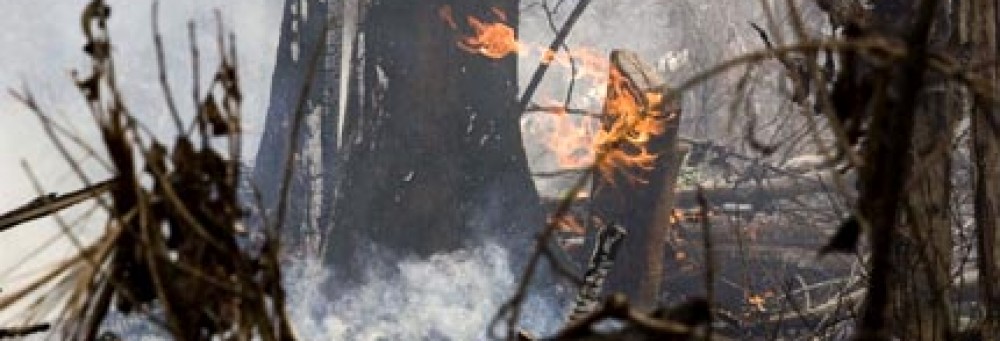The large amount of carbon dioxide (CO2) emitted by the fires flooded the atmosphere. They became a major contributor in the atmospheric CO2. During the 1997 fire, they released about 13% to 40% of mean annual global emission from fossil fuels making them one of the world’s largest carbon dioxide emitter. On top of that, the fire destroyed plenty of tress and trees are the major filter for CO2 and this further increase the atmospheric CO2. As we know, CO2 is one of the main green house gases that are causing Global Warming. (Clink here to learn about global warming)
The thick smoke can also blocks out the sun and reduce sunlight intensity and temperature. This might affect the photosynthesis of plants which means reducing food source in the region. Photosynthetically-active radiation can decrease by 92% under thick smoke condition and this could reduce photosynthesis rates of vegetation in the region.
The increase of global warming is associated with the increase ENSO. This becomes a vicious cycle whereby the increase of forest fire increased the atmospheric CO2 which cause global warming and the increase of temperature and frequency of ENSO events which further increase the incidence and severity of the forest fires.
